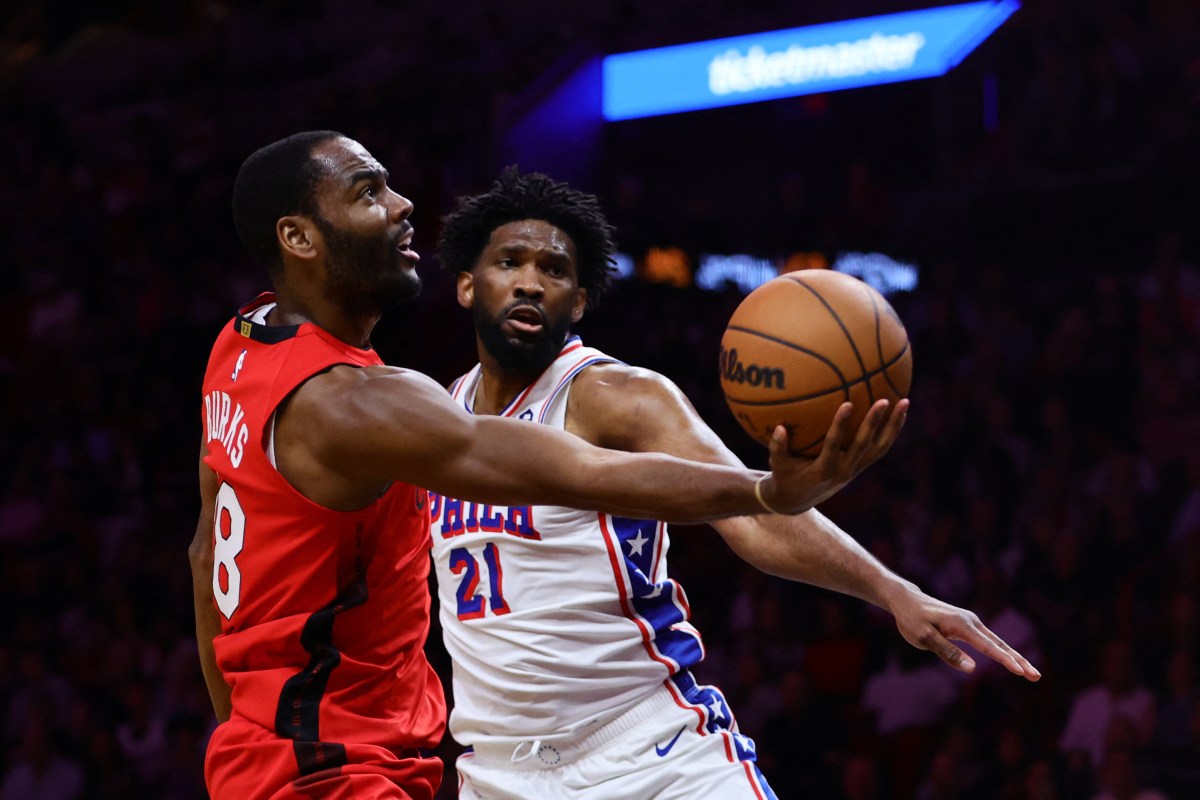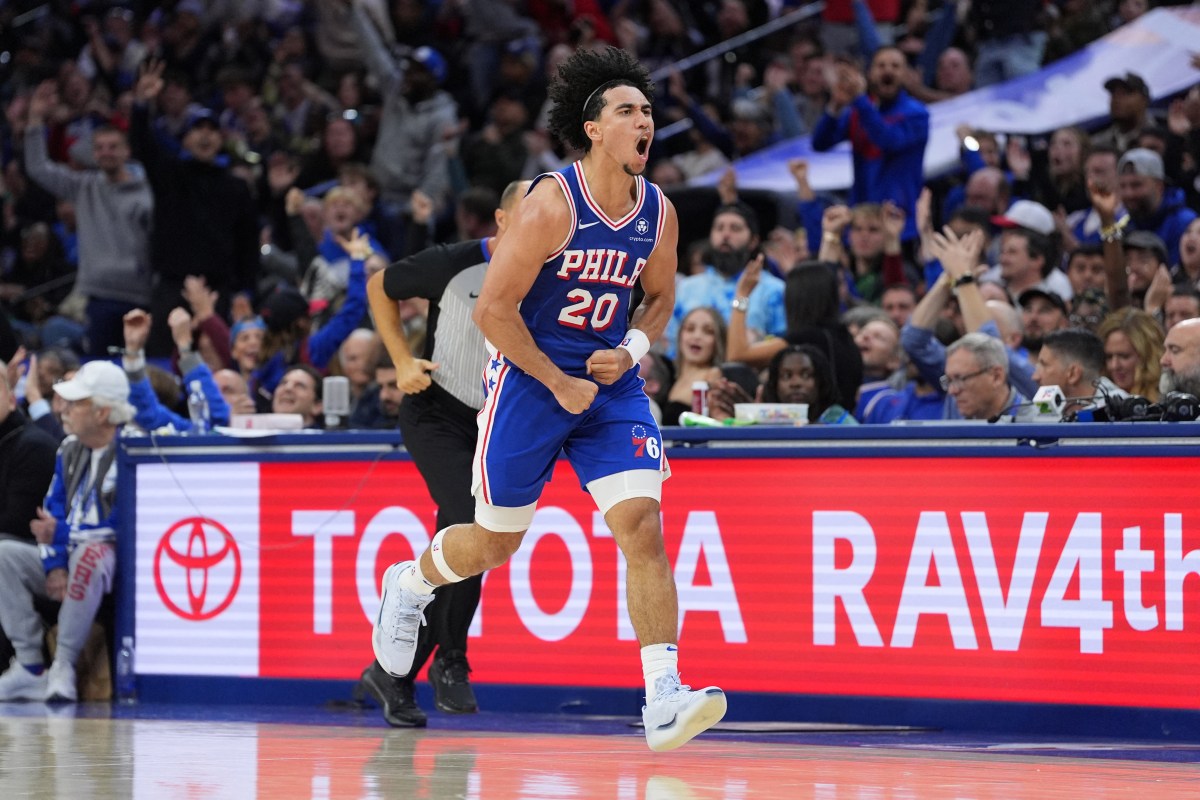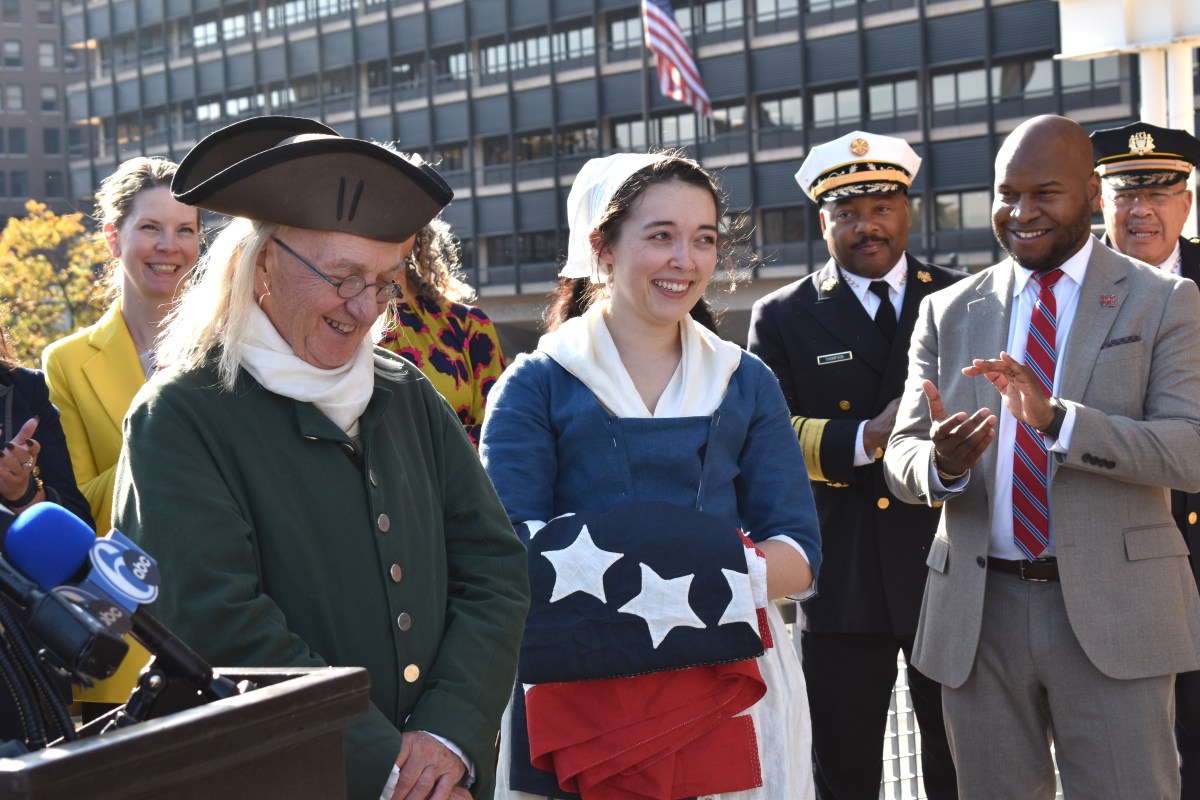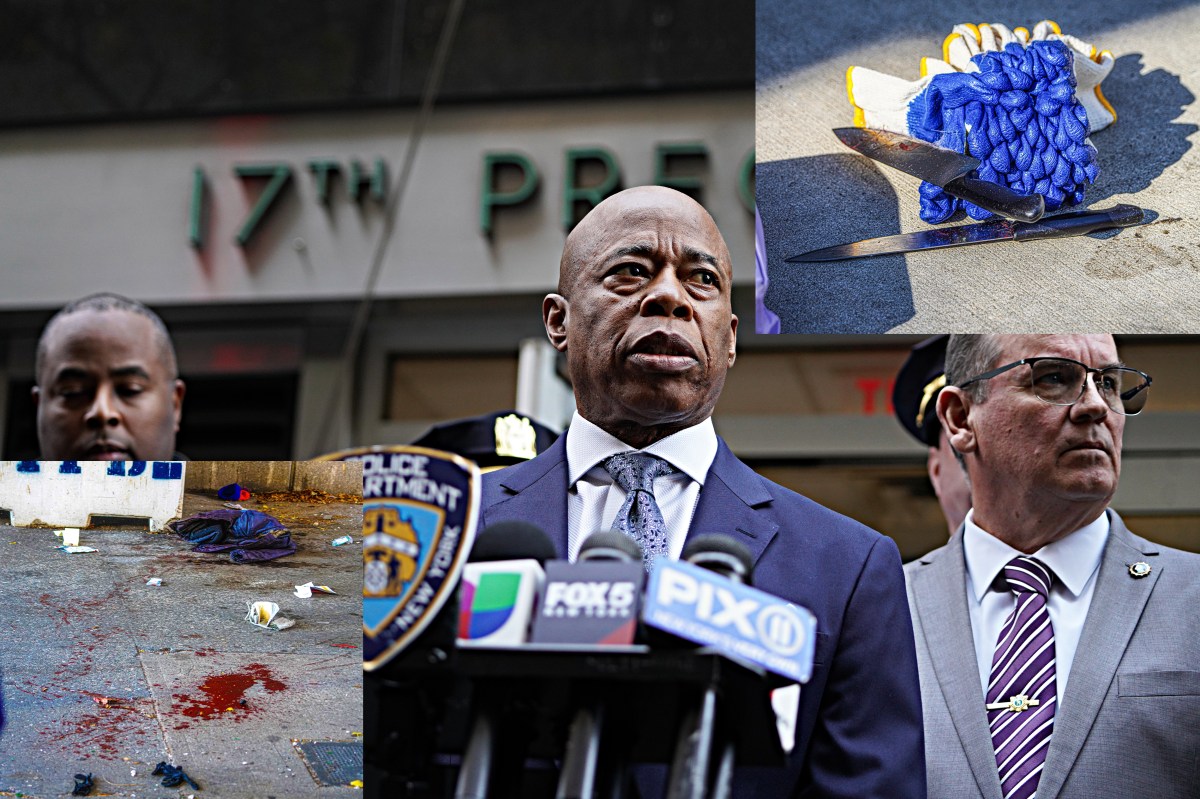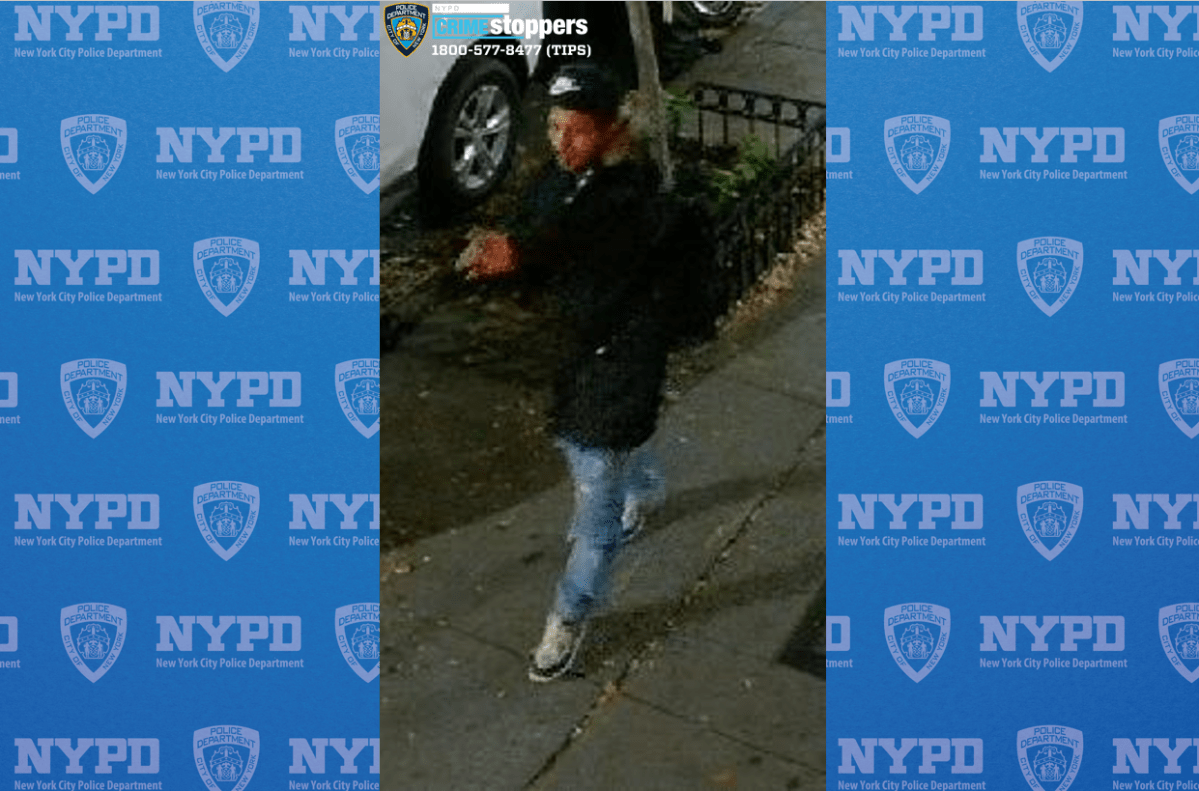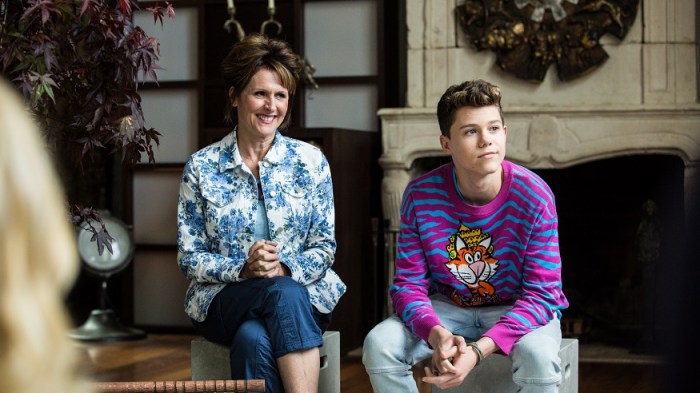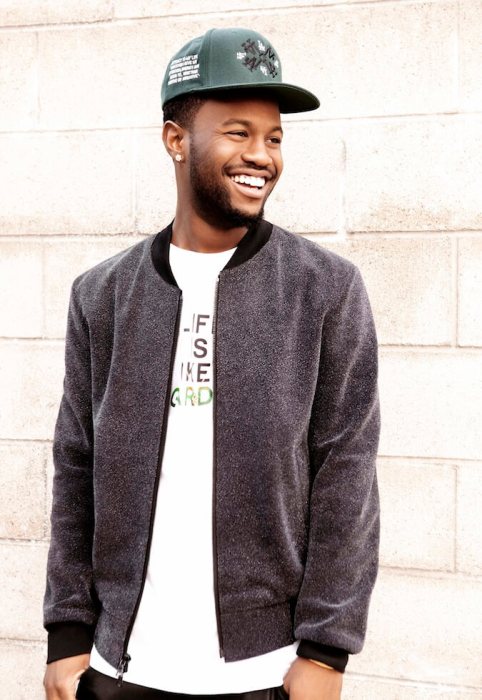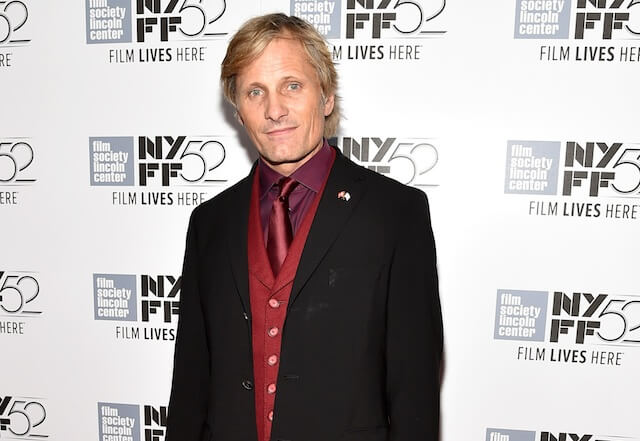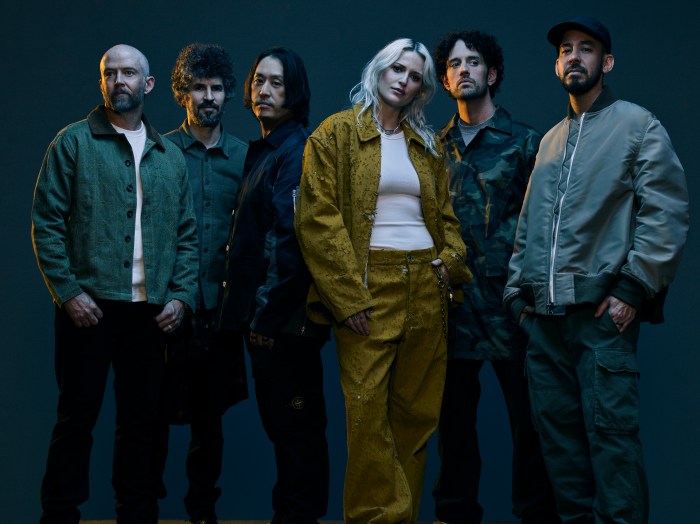Kurt Cobain has yet to receive his splashy Great Man biopic, but the cinema that has been made from his life and work with Nirvana is both more rewarding and very diverse. There has been a conspiracy theory documentary (“Kurt and Courtney”), an art film (“Last Days”) and an experimental doc (“Kurt Cobain: About a Boy”). Now there’s “Kurt Cobain: Montage of Heck,” a life-spanning exploration that nevertheless doesn’t feel like a rock doc. That’s because it comes from Brett Morgen, the rare documentarian who, in “The Kid Stays in the Picture” and “Chicago 10,” has favored the sensational and experiential parts of movies over basic Wikipedia-style exposition. Though this covers Kurt’s entire life, this isn’t just about information. It’s a very stylized look at his life.
It’s not a movie about Nirvana, and it’s not a movie about Seattle, and it’s not a movie about grunge. It’s a movie about a boy. And we go on a journey with him through his life. It’s a lot closer in spirit to “Boyhood” than it is to any rock doc that I can point my finger at. Most films are presented from the outside looking in, especially in documentaries. This is presented from the inside out. That is a tribute to Kurt Cobain and how expressive he was with his art. The idea of the film is that Kurt was creating this audio-visual autobiography of his experiences through life. It wasn’t just music; it was sound design and films and super 8 filmmaking and cartoons and doodling and journaling. I can’t think of another artist who documented their life in a manner that lends itself to cinema more than Kurt Cobain. In interviews you’ve long been very vocal about making docs that really exploit the film medium.
If I was doing a book on Kurt it would take on a different shape and form. But when I’m approaching a subject I’m always thinking to myself, how can I use the medium of cinema to advance this experience? I want to use every inch and every frame and every speaker I can to access that experience for the viewer. It’s something I really started to invest in in “The Kid Stays in the Picture.” It also doesn’t just play the hits. You use alternate or instrumental covers of their songs, and “Smells Like Teen Spirit” isn’t even blasted until the end credits.
It’s a funny: when I got through the first cut and the film was over, I looked at Joe Beshenkovsky, my editorial colleague, and he said, “Did you realize we didn’t even use ‘Teen Spirit’?” I was like, “That is f—ing rad.” That’s something Kurt would really appreciate. It wasn’t deliberate; it just happened that way. In a normal film you would get to the moment when “Teen Spirit” comes out and it’s this cliched, “Hey, we’re all on top and we made it!” triumphant moment. But in many ways “Teen Spirit” created a lot of pain for Kurt. Rather than play it as a celebratory moment we went 180 degrees and played it as a funeral dirge. When we unearthed those outtakes from the video, which hadn’t been seen in 20 years, and I looked at the dailies, I saw a different story than what the video was. I saw a Dionysian ritual; I saw a crowd devouring Kurt. It seemed prophetic. Rather than being a participant in the celebration it depicts, I thought they were eating him up alive. He was definitely someone who never seemed to ever enjoy the grueling interview process.
When Kurt hit the scene and was on television all the time back in those days, I saw him as one of those people who complains about fame. Sometimes you hear celebrities say that and you want to say, “Shut the f— up, you’ve got it so good.” But as I went through the narrative with Kurt and started experiencing all this footage, I came to a completely different conclusion. I had already realized that Kurt was a pure artist but now saw him as also kind of defiant. I don’t believe he felt like being told what to do. I think before the world wanted to talk to him he was a great interview subject. He was so eager to get an interview. But once you arrive at that point where someone says you’ve got to do this interview at 3 o’clock, it suddenly becomes a job. And he wasn’t that guy. It has more to do with being an artist. I’ve been on this four-month promotional tour of this film, and I hate when people ask me questions like, “Why do you think Kurt resonates?” and what do you want people to take away from this?” No, what do you want to get out of this? I find myself quoting him. Tell me what you think. Who cares what I think? About an hour of the film is devoted to home footage of Kurt and Courtney Love holed up in their apartment, away from the world, goofing around.
There’s so much more happening there than goofing around. On the surface they’re goofing around, but what are they goofing around doing? Reading their press. They’re constantly referencing the way the world is seeing them. So you’re never far from the central narrative and theme of the film; you’re never far from those scenes of humiliation and shame. If you think about it every time we see them [in that stretch] there is a reference to an article or a way they’re being seen in the media. What’s happening in those situations is not him crying about it. He’s embracing it. It’s humorous to him. But that was kind of a sickness. What about the use of talking heads? They’re a cliche of documentaries that you tend to avoid, though the ones here, when you use them, aren’t filmed in the usual fashion, with people looking into the lens as they talk. You shoot them from different angles and in interesting lighting. I’ve never incorporated talking head interviews in any of my work, except my commercial work. I like to direct, and one of the reasons I don’t like talking head interviews is because I feel it’s a little failure to stare at people and their mouths moving. I’d rather take the voice and add images on top of it to create an immersive experience. In preparing to do the interviews for this film I looked for inspiration in the movie “Lenny,” the Bob Fosse film. There was an immediacy to the interviews in that film. There’s only three people; it’s completely primal. And they seem to be done through the course of one day, from morning to night. I wanted to attempt that. The challenge of doing a film in which the interviews go from day to night is that they could go off on a tangent, and you can’t use that because the lighting wouldn’t be consistent. It required a tremendous amount of discipline. As I led people through the interviews I would get to a point where I’d say, “And now we’re moving from on period of Kurt’s life to another.” I’m also very interested in the silence in those interviews, as much as when they’re talking. If you notice there are a lot of times we cut to a subject and they’re just sitting there thinking. I think it adds to the intimacy. It almost feels haunted; everyone looks haunted. When you make historical docs, you sometimes refrain from fully contextualizing the subjects; some people complained that in “Chicago 10” there wasn’t much talk about all that was going on during the protests. Even here you skip over a couple key events that either everyone already knows or which are easily found with an Internet search. Knowing how many units “Bleach” sold has no bearing on Kurt’s interior journey through life, and if it did it would have been included. I find that too pedestrian. I like to present information in a more organic and visceral way. All I had to do to was cut to a contract with Sub Pop to show that they’ve signed with Sub Pop. When they go to Geffen you see this handwriting with a phone number from Geffen. I wanted to introduce “Nevermind” through these photographs of the band in the pool. I knew that would connect. You’re working with certain codes and iconography you know the audience will grab. It’s very dangerous as a filmmaker to feel the need to hit every single signpost. I’m not interested in those Wikipedia versions of someone’s life. “Montage of Heck” is getting a brief, limited theatrical release but it will wind up, on May 4, on HBO. At the same time it’s a very immersive film that cries out for a big screen and bigger speakers The movie was intended to be an immersive through with Kurt. It was designed for the cinema. We’re only playing theatrically in three cities: New York, L.A. and Seattle. I urge people if they have any passing interest in this subject or in my work to experience this in a cinema that way it was intended. And if not, if they’re watching it on HBO they should have a remote control in their hand and crank the volume as loud as humanly possible when we get to those music scenes. I love the communal experience in a really big theater, just cranked. To me sound should be felt rather than heard. That’s how we designed the film. “Kurt Cobain: Montage of Heck” currently plays in New York, Los Angeles and Seattle. It will air on HBO on May 4. Read our review of the film here.
Interview: Brett Morgen wants you to watch ‘Kurt Cobain: Montage of Heck’ loud
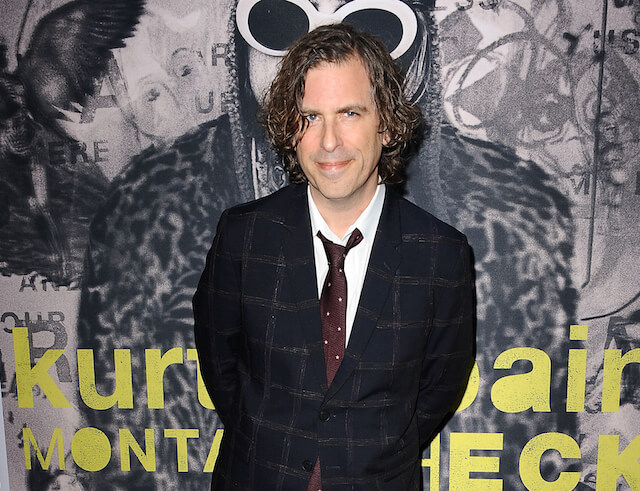
Getty Images
Follow Matt Prigge on Twitter @mattprigge






